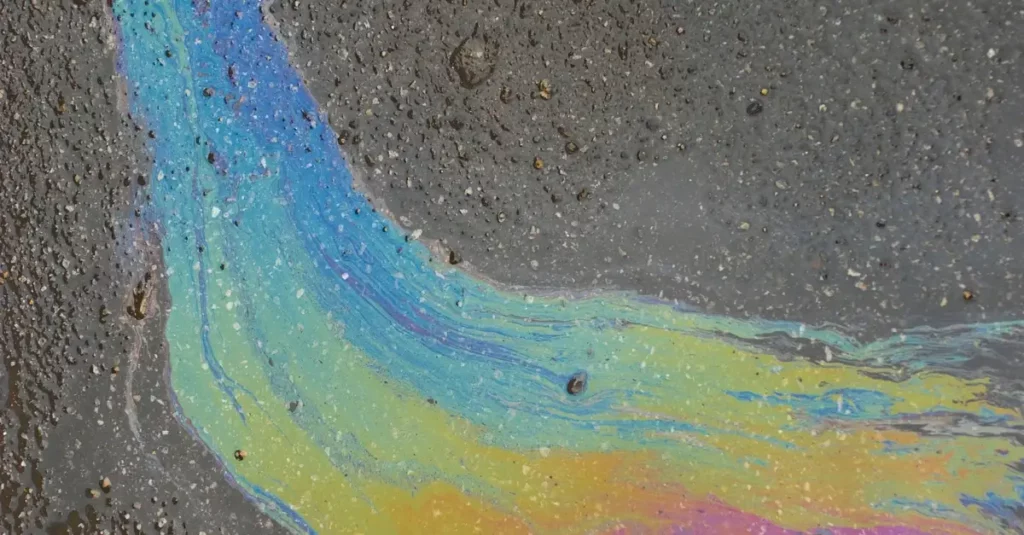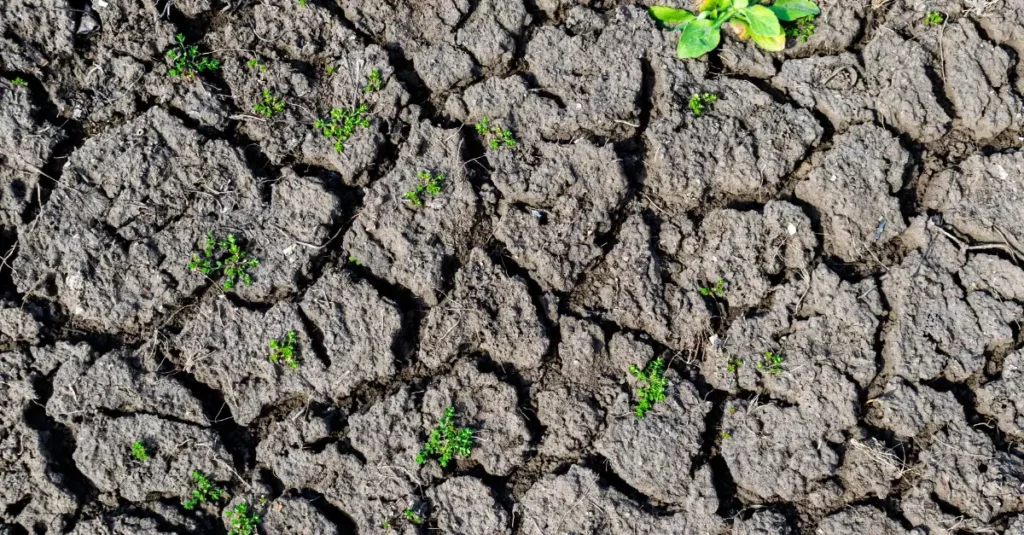The fashion industry is one of the biggest contributor to greenhouse gas emission, waste problem and other environmental issue as explained on Gratitude’s first itteration on the subject. But the issue can be remedied, fashion industry can change and adapt as proven by some fashion brands that pursue sustainability. But to tackle the problem let us continue to learn what are the other issues that currently plague the industry on this second itteration of the subject.
Let us deep dive on 3 more issues in fashion industry and their potential solutions :
1. Water Polution

In most of the countries in which garments are produced, untreated toxic wastewaters from textiles factories are dumped directly into the rivers. Wastewater contains toxic substances such as lead, mercury, and arsenic, among others which comes from synthetic dye, cotton processing, and fashion item. These are extremely harmful to the aquatic life and the health of millions of people living by those river banks. The contamination also reaches the sea and eventually spreads around the globe.
Another major source of water contamination is the use of fertilizers for cotton production, which heavily pollutes runoff waters and evaporation waters. To ramp up production to pursue quantity, corporation can opt-in to increase the usage of chemical fertilizer which further exarcebate the water problem.
Possible Solutions
1. Choose products or brands that use organic or natural fibers for production. These type fibers use less chemical fertilizer to produce and have less impact to the water surrounding the production facility
2. Avoid Fast Fashion brands. These type of brands are emphasizing on quantity and speed for their products, hence not only will it produce more excess fabric waste but also require the cotton producers to use more fertilizers.
2. Soil Degradation Issue

The soil is a fundamental element of our ecosystem. We need healthy soil for food production but also to absorb CO2. The massive, global degradation of soil is one of the main environmental issues our planet is currently facing. It presents a major threat to global food security and also contributes to global warming.
The fashion industry plays a major part in degrading soil in different ways: overgrazing of pastures through cashmere goats and sheep raised for their wool; degradation of the soil due to massive use of chemicals fertilizer and pesticide to grow cotton; deforestation caused by wood-based fibers like rayon.
Possible Solution
1. Choose brand that has upcycle or recycle program to produce their products. These brands use less raw resources such as cottons and fabric to produce clothing hence reducing the needs to grow cotton or produce fabric.
2. Avoid Fast Fashion brands. These type of brands are emphasizing on quantity and speed for their products, hence not only will it produce more excess fabric waste but also require the cotton producers to use more fertilizers, which has been proven to degrade soil overtime.
3. Choose products or brands that use organic or natural fibers for production. These type fibers use less chemical fertilizer to produce and have less impact to soil quality on where the fibers or cotton is produced
3. Microfiber Polution Issue

Every time we wash a synthetic garment (polyester,nylon, etc), about 700.000 individual microfibers are released into the water, making their way into our oceans. Scientists have discovered that small aquatic organisms ingest those microfibers. These are then eaten by small fish which are later eaten by bigger fish, introducing plastic in our food chain.
A recent study is also showing that wearing synthetic fibers is releasing plastic microfibers into the air. According to the study one person “could release almost 300 million polyester microfibres per year to the environment by washing their clothes, and more than 900 million to the air by simply wearing the garments”.
Possible Solution
1. Choose natural or semi-synthetic fibers. These type of fibers use little to no synthetic material that can polute the ocean or air. Be sure to check on the tag of the product to make sure that the composition of the clothing is true to what the producer claim.
2. Efficiently launder your clothings to reduce the microfibers runoffs.
All of the solution mentioned above require true transparency to make sure that the solutions are carried on reliably instead of just becoming a marketing ploy. Hence brands required to implement to provide transparency to the customers that easily accessible and highly credible.
For that purpose, Gratitude enables businesses to become transparent by being powered by blockchain technology, with easy-to-use tools to record their supply chain, narrate the story, verify on blockchain and present the data in a beautiful landing page that can be issued via Gratitude’s QR Code or URL that can be placed on a physical product or embedded on digital marketing campaign. Customers can then simply scan the QR codes placed on the product or click the link on a digital campaign and clearly see the product’s journey, verify sustainability claims, or any supply chain data that the company wants to reveal to the customer.
Begin your business’ true transparency journey by implementing Gratitude to unlock the hidden value of your supply chain data. Talk to our representatives via the following channels for support or assistance in implementation:
Website : https://more-gratitude.com
Twitter : https://www.twitter.com/more_gratitude
Linkedin : https://www.linkedin.com/company/more-gratitude
Instagram : https://www.instagram.com/more_gratitude/
Facebook : https://www.facebook.com/followgratitude
Medium : https://www.medium.com/@more_gratitude
Sign up to our exclusive newsletter for special offers and latest industry insight :



